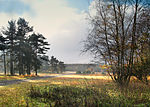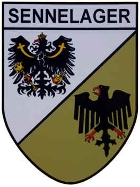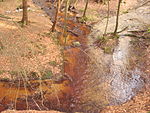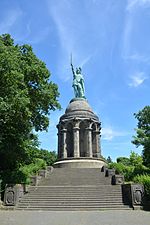21st Panzer Brigade (Bundeswehr)
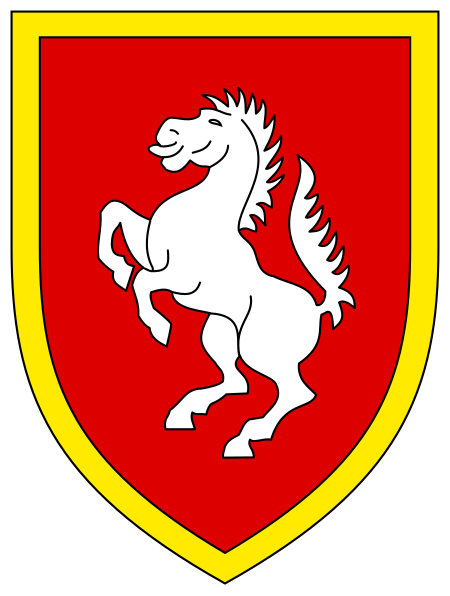
The 21st Panzer Brigade "Lipperland" (German: Panzerbrigade 21 "Lipperland", abbreviated to: PzBrig 21) is a brigade in the German Army and part of the Bundeswehr. The brigade staff and most of its units are based at the Field Marshal Rommel Barracks in Augustdorf, North Rhine-Westphalia. Several companies are based in Glückauf Barracks in Unna-Königsborn. The roughly 4,200 strong brigade is one of the Army's reaction forces and, like the Panzerlehrbrigade 9 and Panzergrenadierbrigade 41, is subordinate to the 1st Panzer Division headquartered in Hanover. 21st Panzer Brigade was formed in 1957 as Combat Group (Panzerkampfgruppe) C3 in the 3rd Panzer Division and, from 1959 to 2006, was assigned to the 7th Panzer Division. The Brigade carries the honorific title "Lipperland" as it is stationed in the Lippe area.
Excerpt from the Wikipedia article 21st Panzer Brigade (Bundeswehr) (License: CC BY-SA 3.0, Authors, Images).21st Panzer Brigade (Bundeswehr)
Lopshorner Weg,
Geographical coordinates (GPS) Address Nearby Places Show on map
Geographical coordinates (GPS)
| Latitude | Longitude |
|---|---|
| N 51.914785 ° | E 8.764644 ° |
Address
Generalfeldmarschall-Rommel-Kaserne
Lopshorner Weg
32832
North Rhine-Westphalia, Germany
Open on Google Maps



